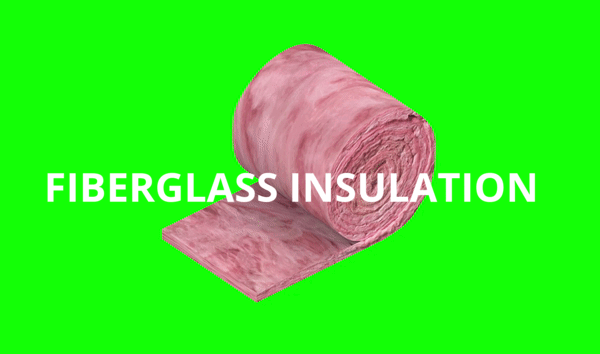PRODUCT SIZE
1250mmx50mmx16m
![]()
GEOLOGICAL PERIOD
Holocene - Ordovician
Present - 480 MYA
COMPOSITION
65% Silica Dioxide
25% Aluminum Oxide
Silica Sand
Soda Ash
Limestone
Binder
1250mmx50mmx16m

GEOLOGICAL PERIOD
Holocene - Ordovician
Present - 480 MYA
COMPOSITION
65% Silica Dioxide
25% Aluminum Oxide
Silica Sand
Soda Ash
Limestone
Binder
GEOLOGICAL BIO
The production of fiberglass insulation, or glasswool, is a multiphase conversion process which sees hard materials get progressively softer. Solid rocks formed since the Paleozoic Era have eroded into sand, which is molten at extremely high temperatures to create glass. The Holocene-Epoch process of spinning molten glass into mats of fibers, not unlike the processing of wool and cotton fibers, marks a remarkable transformation from stone into “soft glass”.
Despite the benefits of its flexibility, cost efficiency, and lightness, it often falls short when compared to its thermally superior cousin, mineral wool. The consistency of fiberglass is also known to release potentially harmful particulates into the air — wear a mask when handling.
For other insulation products, see Mineral Wool Insulation and Foam Board Insulation. See also Glass.
EXTRACTION / MANUFACTURING PROCESS
Prepare molten glass ︎︎︎ spin molten glass through a rotary to blast it with hot air or gas ︎︎︎ spun fibers form into a fleecy wool fiberglass mat ︎︎︎ cure binder-coated fiberglass mat ︎︎︎ cool the mat → add backing → cut into standardized sizes → roll, pack, and ship
The production of fiberglass insulation, or glasswool, is a multiphase conversion process which sees hard materials get progressively softer. Solid rocks formed since the Paleozoic Era have eroded into sand, which is molten at extremely high temperatures to create glass. The Holocene-Epoch process of spinning molten glass into mats of fibers, not unlike the processing of wool and cotton fibers, marks a remarkable transformation from stone into “soft glass”.
Despite the benefits of its flexibility, cost efficiency, and lightness, it often falls short when compared to its thermally superior cousin, mineral wool. The consistency of fiberglass is also known to release potentially harmful particulates into the air — wear a mask when handling.
For other insulation products, see Mineral Wool Insulation and Foam Board Insulation. See also Glass.
EXTRACTION / MANUFACTURING PROCESS
Prepare molten glass ︎︎︎ spin molten glass through a rotary to blast it with hot air or gas ︎︎︎ spun fibers form into a fleecy wool fiberglass mat ︎︎︎ cure binder-coated fiberglass mat ︎︎︎ cool the mat → add backing → cut into standardized sizes → roll, pack, and ship
